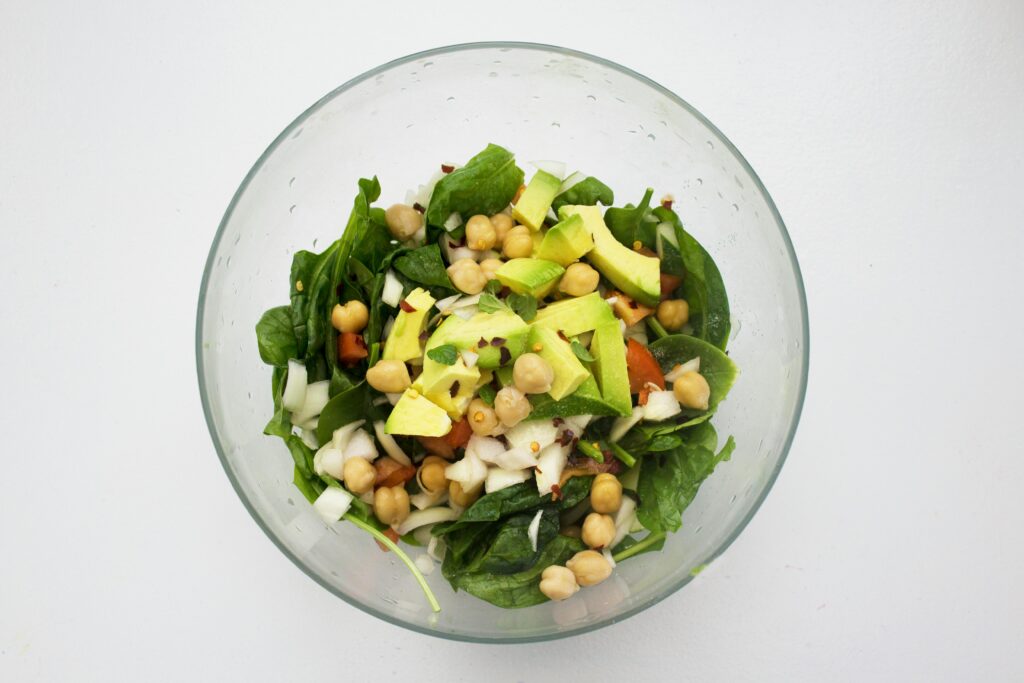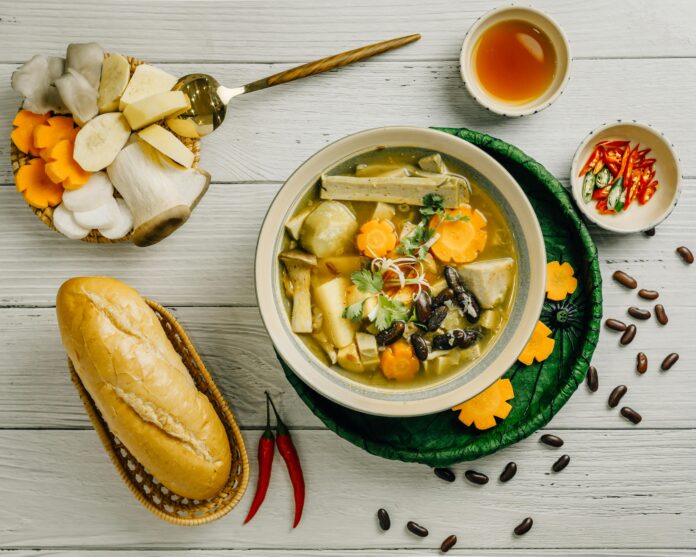The basic macronutrient protein helps one lead a happy life. It depends on it for all three: synthesis of hormones and enzymes, preservation of immunological capacity, and development and healing of tissues. Enough protein in your diet might help you maintain muscle mass, regulate weight, and boost overall well-being.
This blog will review the best protein rich foods, both plant- and animal-based, and provide helpful tips on how to integrate protein rich foods into your meals. There are many delicious options to meet your protein needs whether you consume meat or are vegetarian.
1. Which Animal-Based Protein Sources Perform Best?

Usually, they are considered complete proteins as animal-based protein sources include all nine of the amino acids the body requires. Although they are heavy in protein, these foods also have plenty of minerals and vitamins.
1.1 Why Should One Choose Lean Meats?
Of lean meats, chicken and turkey are especially excellent providers of premium protein. Those wanting to lose or keep weight might pick them more sensibly knowing their reduced saturated fat content than that of fatter alternatives. With little fat, a three-ounce lunch of skinless chicken breast provides around 26 grams of protein. If you want to cook lean meats healthily, think about steaming, roasting, or grilling instead of frying.
1.2 How May Seafood and Fish Help One Get Enough Proteins?
Not only are fish and shellfish high in protein, but they also abound in omega-3 fatty acids, which help heart function. Variations include salmon, tuna, and sardines each 3-ounce portion has around 22 grams of protein. Selecting sustainable seafood guarantees not only quality of food but also helps to protect marine habitats.
1.3 How Much Protein Do Dairy Products Have?
Among dairy foods high in calcium and protein include Greek yoghurt, cottage cheese, and milk. One cup of Greek yogurt, for instance, might provide twenty grams of protein. If you follow a plant-based diet or are lactose intolerant, there are various dairy replacements enhanced with protein. Including dairy into your diet might be as simple as cheese in salads or yoghurt into smoothies.
Understanding that a balanced diet may contain both animal-based proteins and plant-based ones is important as we go from one to the other for best health.
2. Which Sources Of Plant-Based Protein Would Be Best?
Anyone trying a vegetarian or vegan diet or reducing their animal intake will find great options in plant-based proteins. They still provide necessary nutrients, but they also have various health advantages.
2.1 Which Legumes Offer Higher Protein?
Among the better sources of plant-based protein include lentils, chickpeas, and black beans. One cup of cooked lentils provides eighteen grams of protein along with other minerals and fiber. For additional nutrition, they would be readily added to soups, stews, or salads. Legumes are very flexible; you might have black beans in tacos for a fantastic dinner or hummus from chickpeas.
2. 2 How Can Seeds And Nuts Support Your Increased Protein Intake?
Apart from their great protein value, nuts and seeds abound in fiber and good fats. An ounce of almonds, peanuts, chia seeds, hemp seeds has around 6 to 8 grams of protein. Perfect on their own, they might also be used for additional nutrients yogurt, muesli, or smoothies. Still, their heavy calorie content highlights the importance of moderation in diet.
2.3 Which Whole Grains Provide Protein?
Brown rice, farro, and quinoa among whole grains provide great protein value in addition to carbs. Quinoa is especially great as it has more than 8 grams of protein per cooked cup and one of the few plant meals that provides all nine needed amino acids. Adding quinoa to salads or switching brown rice for white rice are two very basic ways to get whole grains into your diet.
Analyzing how to combine many protein sources correctly exposes, as we do, the need of variety for a balanced diet.
3. How Should One Prepare Protein Rich Foods For a balanced Diet?

Combining many protein sources guarantees you all necessary amino acids for optimal health and increases nutritional value.
3.1 Which Are Some Good Combinations Of Protein Rich Food?
Combining different plant-based diets that collectively provide all required amino acids yields complementing proteins. Combining beans with rice, for instance, generates a robust and complete protein profile. Other choices include peanut butter on whole-grain toast or hummus on pita bread; all pair well nutritionally.
3.2 Where In A Balanced Diet Do Protein Supplements Fit?
While complete foods should be your primary source of protein, supplements such as whey or plant-based powders might be helpful when you cannot meet your requirements only from food—especially for athletes or others with higher demands. But one should see a doctor and pick premium supplements devoid of added sugars or fillers before starting any new supplement regimen.
3.3 What Are Some Excellent Meal Ideas High in Protein?
Including meals heavy in protein into your everyday diet is not challenging. Choose scrambled eggs with spinach and feta cheese for breakfast; for lunch think of a quinoa salad with chickpeas and vegetables; and for supper grilled salmon with brown rice and steamed broccoli. Among good snacks may be a few mixed nuts or Greek yogurt with berries.
It is particularly important to underline the significance of including many sources in your diet as we draw to a close our research on foods high in proteins.
Conclusion
Maintaining general health and well-being calls for combining different foods heavy in proteins into your diet. From plant-based items like beans and nuts to animal-based ones like lean meats and dairy, there is no dearth of acceptable replacements to satisfy your dietary requirements.
Remember that balance is important; strive to vary your meals to guarantee you are receiving all the nutrients required for best health. Choosing your protein intake intelligently will help you to support the functions of your body and allow great meals supporting a good lifestyle.

